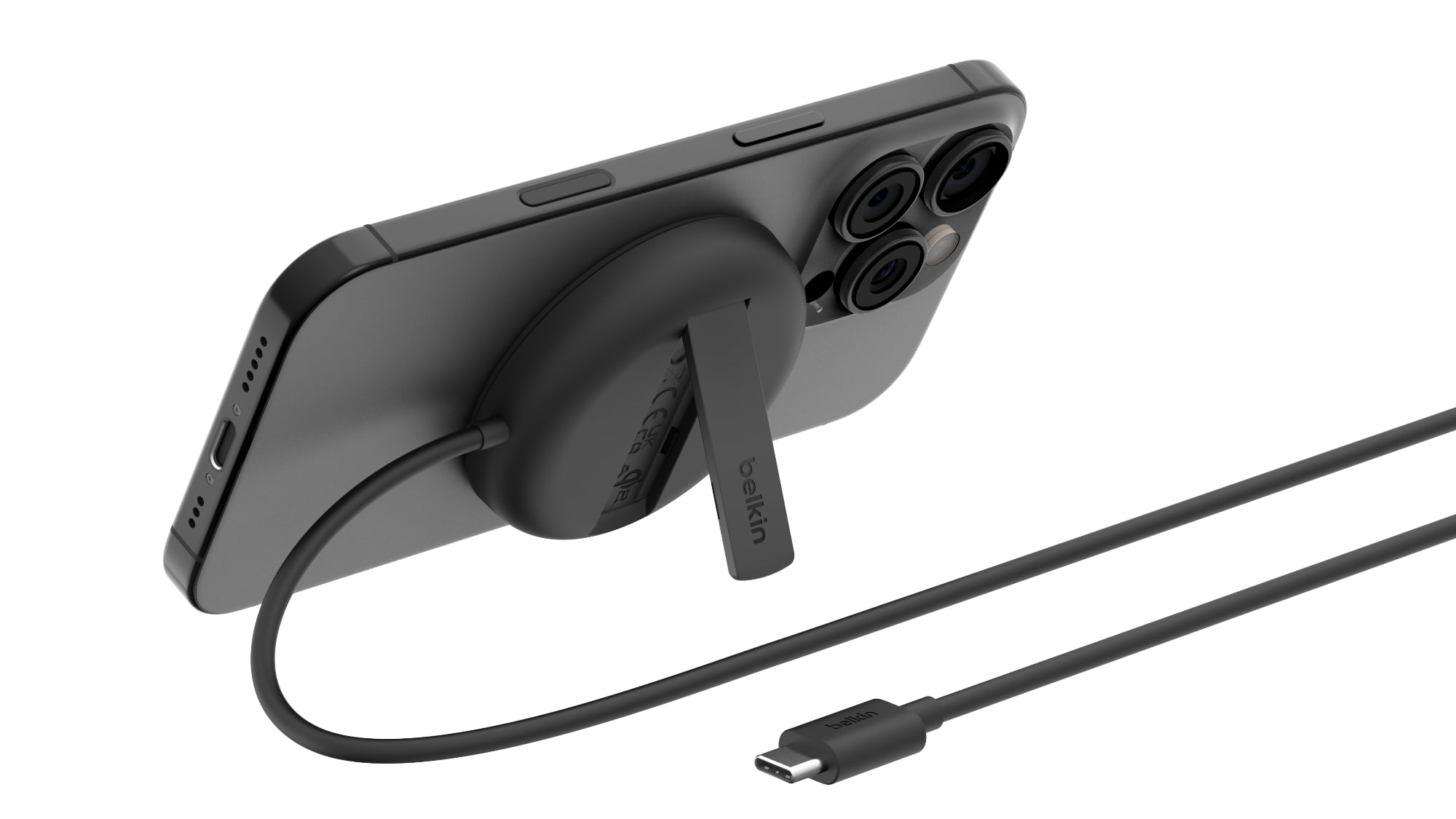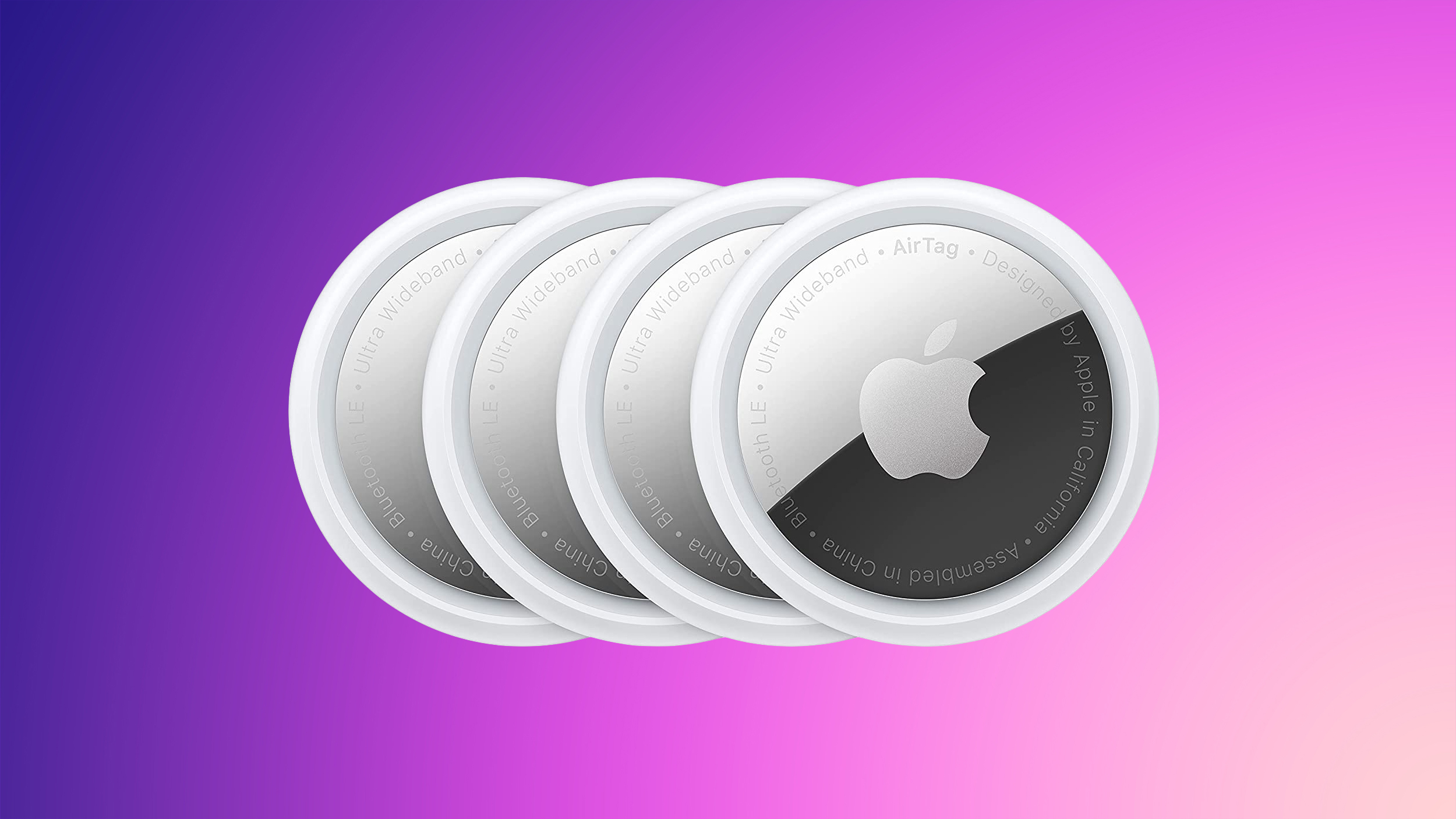Razer Blade 14 (2021) review: The portable gaming laptop of your dreams
The Razer Blade 14 is the MacBook Pro equivalent of portable gaming PCs. Its design matters almost as much as its ability to play games.
This isn’t just a front. That gloss extends to things like the screen image, the feel of the touchpad, and your ability to carry it around without risking a sore shoulder.
Our Razer Blade 14 has an GeForce RTX 3080 – a ridiculously powerful graphics processing unit for something this thin and light. Is it magic? No, but it’s not far off. Like all laptops of this size it uses the least punchy version of Nvidia’s GPU, but the performance per square inch in sensational.
We like this laptop a lot. It’s just a shame we can’t afford one – as it costs nigh-on three grand. But if you can then it’s well worth it.
Design
Dimensions: 16.8 x 220 x 319.7mm Weight: 1.78kg (1.75kg measured)CNC aluiminium shell design
The Razer Blade 14 is probably the best-looking gaming laptop money can buy. If it were not for the colour Razer logo on the back, lit up by LEDs, the average onlooker would have no idea this is actually a serious performance machine.
That is kind of the point, though, and has been one of the key appeals of Razer laptops for years. Put it next to an older-generation MacBook Pro and the Razer Blade 13 barely seems larger or louder, in a visual sense.
This laptop also weighs just 1.75kg. Yes, that is too heavy to fit into the ultraportable category. But for a computer with an Nvidia RTX 3080? We think that’s impressive. You can use the Razer Blade 14 as a stylish portable laptop. An extra 400g weight seems a small price to pay for the added performance here.
This thing is dripping with ultra-high build quality, just as much as any slim-and-light luxury laptop. The lid, keyboard and underside are all aluminium, telegraphing that cool feel of metal every time you pick up this laptop. Its keyboard plate is ultra-rigid, the display does not wobble at all, and we find its minimal visual style more appealing than pretty much any other performance-led gaming laptop you might buy.
We like its all-black styled conservatism so much, we kinda wish it just said “Razer” on the lid instead of using the company’s signature trio of intertwined snakes. Yes, we are old and boring.
Display
14-inch LCD panel, 2560 x 1400 resolution98.8% DCI P3 colour gamut353-nit max brightness165Hz refresh rate
The Razer Blade 14’s screen surround is the one part at risk of making this laptop look like a model from a few years ago, rather than a style-led laptop from 2021. There’s a big blank block of black below the screen panel, largely because this is a 16:9 aspect ratio screen.
At this point we need to touch on the realities of laptop manufacturing. Razer can only use screen panels that exist, and a high-end gaming laptop this like can’t, or shouldn’t, just use whatever looks best inside the shell.
Refresh rate is the key point of differentiation. The Razer Blade 14 has a 165Hz refresh rate screen, capable of refreshing its image at 165 times a second rather than the standard 60 times. While there may be 60Hz panels Razer could have used, 60Hz just wouldn’t cut it in this model.
The resolution is 1440p, which is also the absolute ideal resolution for this laptop. It offers a sharp-looking Windows 10 desktop, and lets you jack up the resolution in games beyond 1080p to make use of the GPU’s considerable power.
Colour depth is excellent, and maximum brightness is good enough – although not exceptional. Still, we think you could comfortably work outside writing documents on the Razer Blade 14 thanks to its matte-finish screen. It means reflections are much less of an issue here than in a glossy laptop.
Contrast is nothing special, but we see the same effect in a lot high refresh rate gaming screens. It’s only going to be evident if you play in a dimly-lit room. And if you want much better results you’re going to have to wait until Mini LED gaming laptops become common.
The right resolution, colour depth and refresh rate are enough to keep us more than happy with the Razer Blade 14’s display quality.
Keyboard and touchpad
Glass touchpadPer-key RGB keyboard backlight
For the most part we love the way Razer emulates the style of thin-and-light ultraportables in the Blade 14. Its keyboard is the one contentious side-effect.
While this is a quality keyboard, its keys are fairly shallow – with just 1.1mm depth. Just a fraction of a millimetre of added travel would make it feel more like a great gaming keyboard.
Thankfully, the Razer Blade 14’s key feel is light, rather than featherlight. There is a reasonable amount of resistance to the key depress. It doesn’t feel like you’re tapping on pieces of egg shell left on a kitchen work top. These keys feel fast too.
The keyboard’s lighting system is excellent. The Razer Blade 14 has per-key RGB lighting that looks refined and elegant, if you want it active. There’s minimal light bleed around the key borders and the Chroma Studio app offers deep control over how these lights behave if you don’t simply want to use a static colour or one of the ‘animated’ presets.
The Razer Blade 14 has one of the best-looking gaming keyboards, but it’s not as satisfying to type away on as those of a bigger gaming laptop – like the Alienware X17 R1.
However, the Razer’s touchpad is a class above. It’s a textured glass pad with a nice “dark” clicker, not the bright and insubstantial kind you often see in gaming laptops. Razer clearly wanted to make a pad that compares well with ultra-premium portable laptops, not just gaming ones. This is a large pad too, which is very important if you might use the Razer for design or photography apps as well as just games.
Performance
100W Nvidia RTX 3080 GPUAMD Ryzen 9 5900HX CPU16GB RAM, 1TB SSD
We are using a very powerful version of the Razer Blade 14. It has a Ryzen 9 5900HX CPU, 16GB RAM, and an Nvidia RTX 3080 graphics card. This is the version commonly sold in the UK, although other specifications seem to be available elsewhere.
While some compromises are made to bring the laptop down to the size and weight it is, we can’t help but be impressed by what Razer has managed.
The Razer Blade 14 has the lower-power version of the RTX 3080 graphics card, but Razer sucks every last bit of juice out of it. This card is designed to allow for 80-100W of power draw. In the default mode it hovers between 80W and 90W when playing a challenging game. But if you dig into the Razer Synapse app you can set it to a performance mode that lets it stick to the maximum 100W the whole time.
You may hear more fan noise, but only a little extra. The performance mode seems to make the Razer Blade 14 kick up into its max fan speed mode more often, but doesn’t stay there the whole time.
Whichever mode you use, you can play Control comfortably at 60fps with Ultra settings, but may want to use DLSS to set the render resolution to ~1080p rather than 1440p. Subnautica hits around 100fps with everything turned up to max and, erm, 2011’s The Witcher 2 runs at around 70-85fps with everything switched on at 1440p. That’s not the Blade 14’s fault, The Witcher 2 just has an incredibly demanding supersampling mode that makes it more challenging to run than The Witcher 3.
This is not the most powerful gaming laptop in the universe though. If you want the best power for your cash and still want a grown-up looking laptop, check out the far cheaper Lenovo Legion 5 Pro. It has the high-power version of the step-down RTX 3070, but performance is going to be similar thanks to its significantly greater power draw.
However, if we needed a laptop to use as a semi-portable machine we’d choose the Razer Blade 14 every time.
The way the Razer handles heat is smart too. While the stretch of metal above the keyboard does get uncomfortably hot after playing for a spell, you’d just never know in most games. One of the two primary fans sits right under the WASD keys, pulling air through the underside and the space between the keys, keeping this part cool the whole time. These fans never actually generate much noise, even when working flat-out.
But the Razer Blade 14 does have an issue common to pretty much all relatively thin, tightly packed laptops. While the volume of the fans may not be high, the pitch of the sound often is. We find this far harder to ignore than the lower-frequency noise bed you tend to get in the best larger gaming laptops. A laptop this petite and powerful has to deal in compromises but we don’t really see how Razer could have pulled this off much better.
Even the speakers are pretty good, for a gaming laptop. They sit to each side of the keyboard, offering an engaging stereo sound field with better positional imaging than most. Sure, there’s only the slightest suggestion of bass here and the upper-mids can sound fibrous and slightly abrasive. But many gaming laptops speakers seem like an afterthought. The Razer Blade 14’s don’t.
Battery life and connections
Ports: 2x USB-C, 2x USB-A, 1x HDMI 2.161Wh battery capacity, 230W charger
We think battery life is far more important in the Razer Blade 14 than in most larger gaming laptops. You could feasibly use this laptop as an everyday portable.
Our video streaming tests suggest you can get around 7.5 hours of light use out of a charge. While this doesn’t meet the kind of standard we’d look for in an ultraportable, it is long enough to make the Blade 14 a useful portable productivity laptop. We tried dropping the refresh rate to 60Hz, but this didn’t change its longevity.
It’s kinda a dream student laptop – not that we could have remotely afforded something as nice as this back when we were 21 years old.
We have just a few bits left to over. The Blade 14 has two USB-C ports. Neither is an ultra-fast Thunderbolt connector, which is a shame, but both support DisplayPort. Its full-size HDMI is a 2.1 spec socket, worthy of a few bonus points, and there are two classic USB-A ports too.
Oh, and let’s finish on a rare downer: the webcam is terrible. We’re not surprised, but wouldn’t it have been nice if it was good?




